Preparations and folk remedies for grape mildew
Downy mildew, or mildew, spread across the vineyards of Europe at the beginning of the 20th century. Grape mildew preparations help in the treatment of this disease, but they cannot completely defeat it. That is why disease prevention takes an important place.
When choosing a new variety, it is necessary to pay attention to the degree of its resistance to mildew - this measure also helps to curb the development of fungal infection.
Factors contributing to infection
Downy mildew is caused by the pathological fungus Plasmopara viticola, which belongs to the oomycete class.
Parasitic microorganisms can get to the site on seedlings. Fungal spores are carried by the wind, insects, and spread throughout the area during rain.
In the future, the infection can persist on the plantation in the tissues of fallen leaves and berries for many years. The pathogen mildew easily survives the winter and is activated in the spring with the arrival of heat. Spores are protected from adverse conditions by their thick walls. In the spring, under the influence of heat and moisture, microorganisms move to young leaves and germinate in them.
At the beginning of the season, at a temperature of +25 ° C, the development of the fungus occurs in just 4 hours, and after 2-3 weeks the first symptoms are noticeable on the vine. With the arrival of heat, the incubation period of the disease is shortened, spots on the leaves may appear within 5-7 days from the moment of infection.
Symptoms
Summer residents need to know the symptoms of mildew, which appear at the earliest stage of the lesion. The sooner the fight begins, the faster it will be possible to defeat the disease and not be left without a crop.
Observing the vineyard, the following signs cannot be ignored:
- The disease begins to manifest itself with the appearance of glossy yellow spots the size of a pea. On young leaves, the spots are round in shape; on older foliage, the affected areas are formed in the form of an oval.
- After a few days, another symptom appears - a whitish bloom on the back of the leaves. It is in it that mushroom spores mature. The process is greatly accelerated in wet weather.
- If untreated, the fungus spreads to the inflorescences and whiskers of grapes. The flower petals become twisted, their color changes to yellowish.
- Infected berries stop developing and acquire a blue color, later becoming brown. Such grapes are inedible, so they are destroyed.
- If the disease is not treated, the leaves will completely fall off, and the young shoots will begin to dry out.
Another dangerous disease of the vineyard that can destroy the lion's share of the crop is oidium, or powdery mildew. The disease also manifests itself as the appearance of spots, however, the symptoms look different. The plaque is not shiny, but a whitish surface, as if dusted with flour. If you scrape it off, you can find the brown color of the fabric under it. Additional symptoms of the disease include a characteristic unpleasant odor, reminiscent of the stench coming from rotting fish. Since both diseases are fungal in nature, they are often treated with the same drugs. Prevention measures in both cases will be the same.
Control measures
The fight against downy mildew on grapes begins with a set of agrotechnical measures that prevent the active reproduction and spread of fungal spores:
- First of all, it is necessary to provide air access to the diseased bush. To do this, the vine must be tied up, if this has not been done earlier.
- The embossing of regrown young shoots is certainly carried out (removal of the apical part).
- The bush is fed with a phosphorus-potassium fertilizer, such as potassium monophosphate. The standard rate of nutrient solution is 10–15 g per 10 liters of water. Fertilizer is applied at the root when watering. Spraying the leaves with a solution of the preparation in the same concentration can provide the fastest possible intake of potassium.
- All fallen leaves and berries must be taken out of the site as soon as possible and burned.
- The soil in the trunk circle is regularly weeded.
- Mulching the root zone of the bush with sawdust, straw, cut grass will save the summer resident from exhausting weeding and will prevent the migration of fungal spores from the ground to the vine.
But nevertheless, the main measure of control of mildew on grapes remains a chemical method of protection. It is necessary to objectively assess the area of the lesion and the expected prognosis of the disease, select effective antifungal drugs, and develop a treatment regimen based on the current weather conditions and the protective period of the fungicides used.
How to treat a vineyard?
How to treat grapes depends on the stage of the disease. If the symptoms of mildew have just begun to appear, you can try to cope with the disease with folk remedies.
In their arsenal, gardeners have several recipes that have an antifungal effect:
- Potassium permanganate solution. It is prepared from 5 g of potassium permanganate and 10 liters of water. After the crystals are completely dissolved, the liquid is used to spray the back of the leaves, and then dust the foliage with wood ash on top.
- Garlic infusion. To prepare the product, use a glass of peeled garlic cloves and 7 liters of water. Garlic is chopped with a blender and infused in 1 liter of water for a day. The infusion should be prepared in a dark place. Then the liquid is filtered, the remaining 6 liters of water are added, 2 tbsp. l. liquid soap, 2 tbsp. l. salts, mix thoroughly and use the resulting composition for processing.
- Infusion of wood ash. This substance perfectly disinfects. To prepare the infusion, a liter can of ash is added to 10 liters of water and kept for 5–6 days. Then, to enhance adhesion, add 50 g of shavings of laundry soap to the infusion and spray the grapes. It is also necessary to spill the soil with the composition.
Treatments are carried out 3-4 times with an interval of 10-15 days. The procedure is performed in the morning. If it rains soon, the spraying should be repeated.
In the case when the disease has passed into an active stage or a large area of the vineyard is affected, it is better to immediately switch to fungicide treatment. The list of drugs for this purpose is quite wide:
- "Abiga-peak" - contact fungicide of moderate hazard class;
- "Acrobat-MC" - a drug of systemic local action, toxic;
- Ridomil Gold - systemic contact fungicide with high toxicity;
- "Quadris" - a broad-spectrum agent, helps against many fungal diseases, but is dangerous for animals and people;
- "Oxyhom" - an effective, but toxic fungicide of systemic contact action, to which fungi belonging to the oomycete group are sensitive;
- "Polykhom" - a complex preparation for most fungal diseases with a moderate hazard class;
- "Polycarbacin" - a systemic drug used for the prevention and treatment of fungal diseases, has moderate toxicity.
All funds are used in dosage according to the instructions. There, the manufacturer indicates the required number of treatments and the duration of the period of protective action.
When to start preventive treatments?
To combat mildew, first of all, it is necessary to take preventive measures. To prevent an outbreak of the disease in the current season, it is imperative to process the plant in the spring, immediately after the bush has been tied to the support.
It will be necessary to spray not only the vine, but also the land under the grapes and between the rows:
- Most often, Bordeaux mixture or a solution of copper sulfate in 1% concentration is used.
- For prophylactic treatment, drugs such as "Oxyhom", "Abiga-peak", "Polycarbacin" are also used in the dosage prescribed by the instructions.
After that, mulching is carried out in order to prevent the spread of the fungus.
In the phase of appearance of 4–5 leaves, re-spraying with fungicides is carried out, with the exception of the Bordeaux mixture, which inhibits plant growth. An additional 80 g of colloidal sulfur is added to 10 liters of fungicidal solution - this will enhance the effectiveness of the composition and expand its spectrum of action.
Two subsequent treatments are carried out before flowering and in the fruiting phase, alternating fungicidal preparations in order to avoid a decrease in effectiveness. It is recommended to use each product no more than once per season.
After the autumn pruning, all plant residues are burned and the bushes are treated with a urea solution (200 g of substance per 10 l of water).
When buying seedlings, it is better to choose grapes that are resistant to mildew and other fungal diseases. For example:
- "Mascot,
- "Pineapple",
- "Cardinal",
- "Golden stable"
- Buffalo
- "Original",
- "Gift of Zaporozhye".
The degree of susceptibility to mildew of grape varieties is assessed in points. Less susceptible are species with scores of "2" and "3".
Mildew in the vineyard is not an incurable disease. You can cope with it. It is necessary to regularly carry out all preventive measures, and to destroy the manifestations of the disease "in the bud. In addition, it is important to follow agricultural techniques - this will support the plant immunity at the proper level.
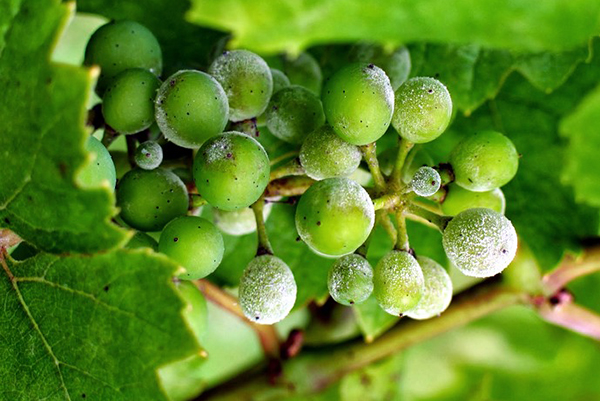
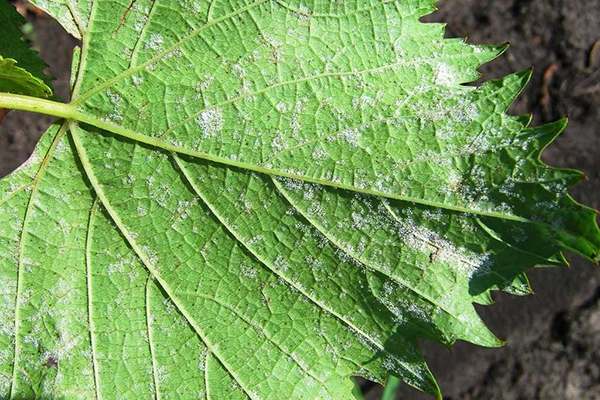
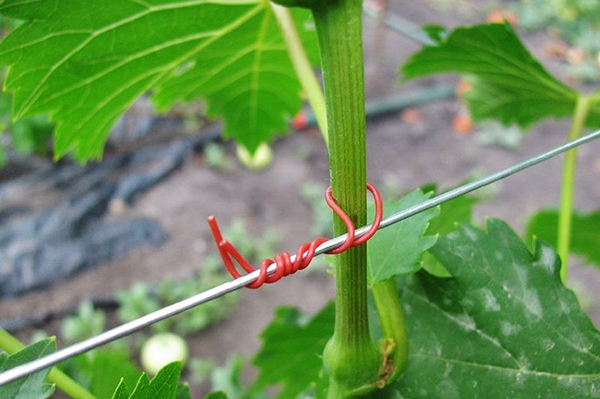

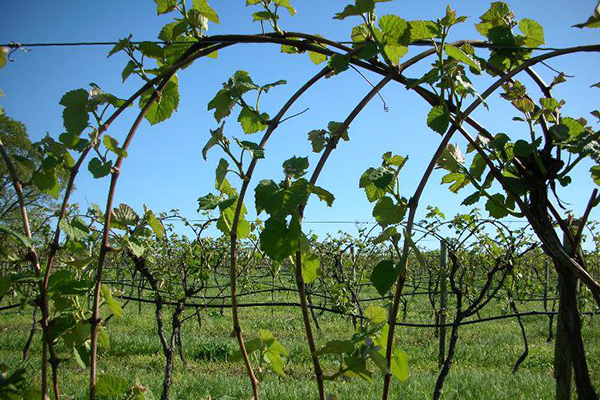
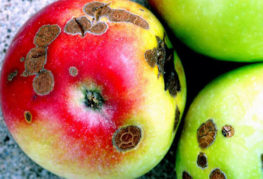
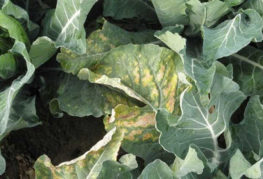
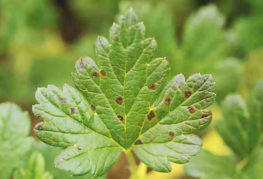
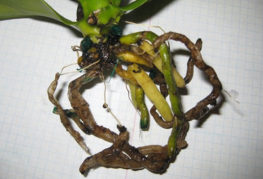

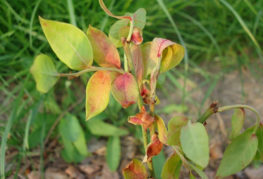
and will be published shortly.